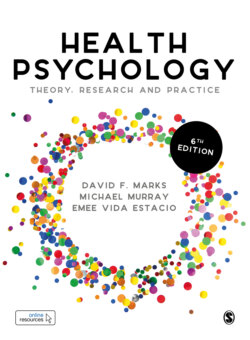Читать книгу Health Psychology - Michael Murray - Страница 95
На сайте Литреса книга снята с продажи.
Complementary and Alternative Medicine
ОглавлениеThe biomedical perspective has come to a position of dominance throughout the world, reflecting ‘globalization’ more generally. Alternative health care systems tend to be disparaged and marginalized by advocates of biomedicine. Based on a positivist, reductionist perspective, practitioners of biomedicine believe that the material existence of medical science is independent of any patient’s psychological search for meaning, understanding and control. As such, alternative perspectives are seen as basically flawed. In spite of this resistance from orthodoxy, alternative professional systems of health care continue to exist in large parts of the world, especially in Asia. As migrants have moved to other countries they have taken their health beliefs with them. In the major Western metropolitan centres, the availability of health care systems other than biomedicine is extensive. This has fed back into Western ways of thinking about health and illness, especially among those who are disenchanted with biomedicine. Increasingly, complementary and alternative medicine (CAM) is gaining popularity and respectability in Western health care. CAM encompasses all health systems and practices other than those of the established health system of a society.
In the USA, the National Center for Complementary and Alternative Medicine (NCCAM, 2013) categorizes CAM into two sub-groups: (1) natural products and (2) mind and body practices. Natural products often include the use of herbs, vitamins, minerals and probiotics. These products are marketed widely and are commonly sold as dietary supplements. Mind and body practices cover a diverse range of procedures that are often administered by a trained practitioner. Examples include acupuncture, massage therapy, meditation techniques, movement therapies (e.g., Feldenkrais method, Alexander technique, Pilates), relaxation techniques, spinal manipulation, tai chi, qi gong, reiki and hypnotherapy.
Harris et al. (2012) reviewed the 12-month prevalence of CAM use by the general public. They reviewed 51 published reports from 49 surveys in 15 countries. Estimates of CAM use ranged from 9.8% to 76%, and from 1.8% to 48.7% for visits to CAM practitioners. In surveys using consistent measurement methods, CAM rates have been stable, particularly in Australia (49% in 1993, 52% in 2000 and 52% in 2004) and in the USA (36% in 2002 and 38% in 2007). The three highest rates of CAM use in this systematic review were reported in Japan (76%), South Korea (75%) and Malaysia (56%). Posadzki et al. (2013a) conducted a systematic review to examine the prevalence of CAM use among patients in the UK. The review included 89 surveys, with a total of 97,222 participants between January 2000 and October 2011. Findings showed that the average one-year prevalence of CAM use was 41.1%, while the average lifetime prevalence was 51.8%. Herbal medicine was the most popular CAM, followed by homeopathy and aromatherapy.
